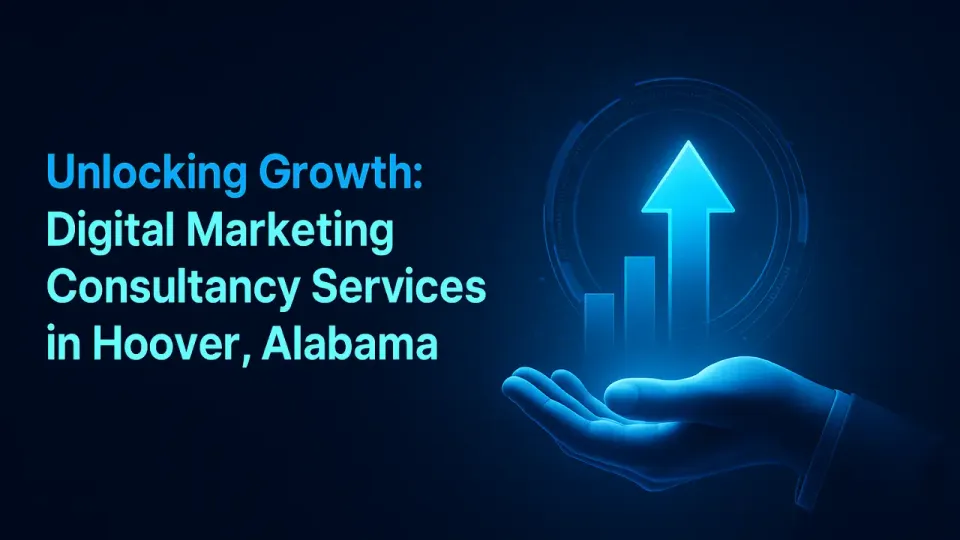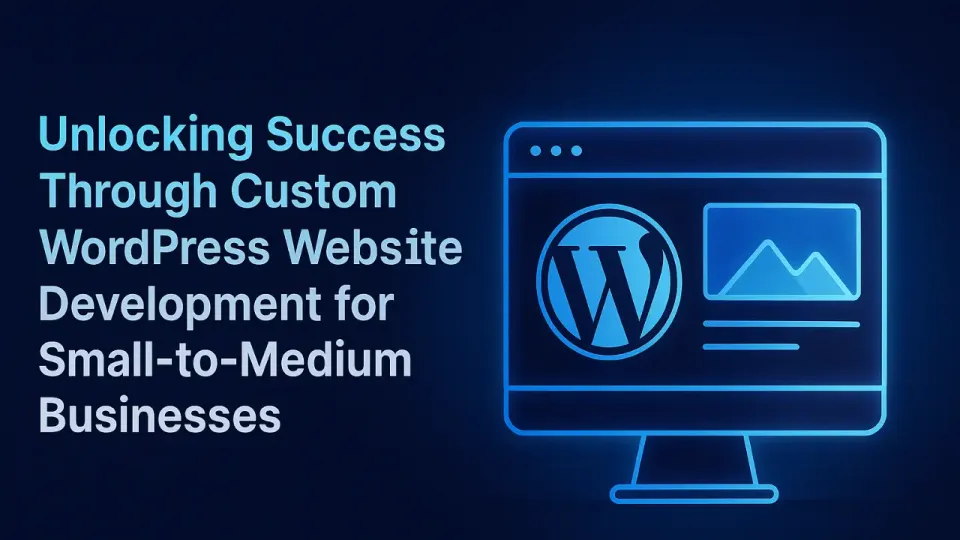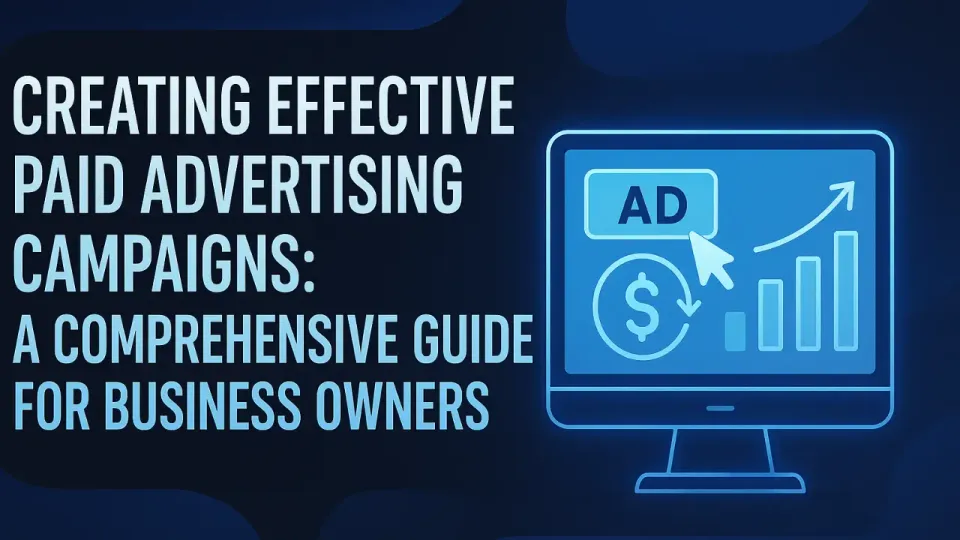Battle of the Builders: WordPress vs. Webflow Explained

In today’s digital landscape, choosing the right website builder is crucial for your online presence. With numerous options available, two platforms stand out: WordPress and Webflow. Each offers unique features and capabilities, catering to different needs and preferences.
In this article, we’ll explore the strengths and weaknesses of both WordPress and Webflow, helping you navigate the decision-making process with clarity and confidence. Whether you’re a small business owner looking to establish a strong online presence or a designer aiming for creative freedom, understanding the key differences between these platforms will empower you to make an informed choice. Let’s dive in!
Overview of WordPress
What is WordPress?
WordPress is a powerful content management system (CMS) that has evolved significantly since its launch in 2003. Originally designed for blogging, it now supports a wide variety of websites, from personal blogs to complex e-commerce platforms. WordPress is available in two forms: WordPress.com, a hosted solution, and WordPress.org, a self-hosted version that provides greater flexibility and control.
Key Features:
- Customization Options:
- Thousands of themes to choose from, allowing for diverse designs.
- Extensive plugin library with over 50,000 plugins for added functionality (SEO, security, social media integration, etc.).
- Content Management Capabilities:
- User-friendly interface for creating and managing posts and pages.
- Built-in media library for easy image and video uploads.
- SEO Tools and Support:
- Built-in features like permalinks and metadata options enhance search engine optimization.
- Popular SEO plugins (e.g., Yoast SEO) provide additional support for improving website visibility.
- Community and Resources:
- Large, active community for support, tutorials, and resources.
- Regular updates and security patches to keep your site safe and up-to-date.
Overall, WordPress is a versatile platform that caters to various website needs, making it a popular choice among users of all skill levels.
Overview of Webflow
What is Webflow?
Webflow is a modern website builder designed for designers and developers, focusing on visual design without sacrificing code quality. Launched in 2013, it empowers users to create responsive websites using a drag-and-drop interface while also providing powerful customization options for those who want more control. Unlike traditional CMS platforms, Webflow combines design, development, and hosting in one seamless experience.
Key Features:
- Visual Design Interface:
- Intuitive drag-and-drop builder allows users to design visually while generating clean, semantic HTML, CSS, and JavaScript.
- Responsive design tools enable easy adjustments for various devices, ensuring a consistent user experience across platforms.
- CMS Functionality:
- Built-in content management system tailored for custom content types, allowing users to create dynamic content easily.
- Users can define custom fields, making it easy to manage different types of content without coding.
- Hosting and Performance Capabilities:
- Fast, secure hosting included with all plans, utilizing a global content delivery network (CDN) for optimal performance.
- Automated backups and SSL certificates for enhanced security and peace of mind.
- E-commerce Features:
- Robust e-commerce capabilities allow users to create and manage online stores, with customizable product pages and checkout experiences.
- Integration with popular payment gateways ensures a smooth transaction process for customers.
Webflow stands out as an excellent choice for those seeking design freedom and advanced functionality, making it ideal for creative professionals and businesses looking to showcase their brand effectively.
WordPress vs. Webflow Explained
Comparison Criteria
When choosing between WordPress and Webflow, it’s essential to consider several key criteria that can significantly impact your website’s functionality and your overall experience. Here, we break down the most important factors to help you make an informed decision.
Ease of Use
- WordPress:
- Offers a user-friendly interface, especially for those familiar with content management systems. However, it may require some time to navigate the vast array of options and settings.
- Beginners might find the initial setup process a bit daunting, particularly when selecting themes and plugins.
- Webflow:
- Features a more modern and intuitive drag-and-drop interface, making it easier for designers to create layouts visually.
- While its visual approach simplifies design, new users may face a steeper learning curve when mastering advanced features and interactions.
Customization and Flexibility
- WordPress:
- Provides extensive customization options through thousands of themes and plugins, allowing users to tailor their websites to specific needs.
- Offers flexibility for developers to create custom themes and functionalities, though this may require coding knowledge.
- Webflow:
- Offers a high degree of design freedom, enabling users to create responsive, visually stunning websites without coding.
- Allows for custom animations and interactions, making it ideal for users focused on aesthetics and user experience.
SEO and Marketing Tools
- WordPress:
- Comes with built-in SEO features and a variety of SEO plugins (like Yoast SEO) that help users optimize their content effectively.
- Strong support for blogging and content marketing, making it easier to build an audience and drive traffic.
- Webflow:
- Offers solid SEO tools, including customizable meta tags and alt text for images, but it may not have the same breadth of resources as WordPress.
- Excellent for marketing, with integrated features for creating landing pages and lead capture forms.
Pricing Structure
- WordPress:
- The software itself is free (WordPress.org), but users must consider hosting costs, premium themes, and plugins, which can add up.
- WordPress.com offers various plans, but features are limited on the free version, and higher-tier plans can be costly.
- Webflow:
- Operates on a subscription-based model with clear pricing tiers that include hosting, CMS, and e-commerce capabilities.
- While pricing can be straightforward, it might be perceived as higher compared to basic WordPress setups, especially for those looking to use advanced features.
By evaluating these criteria, you can better understand how each platform aligns with your goals, helping you choose the one that best suits your website needs.
Performance and Security
When building a website, performance and security are critical factors that can influence user experience and search engine rankings. Here, we compare how WordPress and Webflow measure up in these areas.
Performance
- WordPress:
- Performance can vary based on the hosting provider chosen, as WordPress itself is a self-hosted platform. High-quality hosting is essential for fast load times.
- Users can optimize their sites with caching plugins, image compression, and content delivery networks (CDNs) to enhance speed and responsiveness.
- However, poorly coded themes and excessive plugins can lead to slow load times, impacting user experience.
- Webflow:
- Webflow is known for its robust performance, as it includes built-in hosting powered by a global content delivery network (CDN), ensuring fast loading speeds across the globe.
- The platform automatically optimizes images and assets, further enhancing site performance without requiring additional effort from the user.
- Because it generates clean code, Webflow sites often experience faster load times compared to more cluttered setups in WordPress.
Security Features
- WordPress:
- WordPress sites can be vulnerable to security threats, particularly if users neglect updates or fail to choose reliable plugins. Regular updates and strong security plugins (like Wordfence) are essential for maintaining security.
- Users must also manage backups and security measures, as these are not built into the basic platform. Many hosting providers offer additional security features, but they may come at an extra cost.
- Webflow:
- Webflow takes a proactive approach to security, offering automatic updates and SSL certificates with all plans, ensuring that sites are secure by default.
- Users benefit from Webflow's managed hosting environment, which includes regular backups and protection against DDoS attacks.
- The platform’s closed ecosystem reduces the risk of vulnerabilities associated with third-party plugins, providing peace of mind for users.
By understanding the performance and security features of both platforms, you can make a more informed decision about which option will best protect your investment and provide a smooth user experience.
Support and Resources
When choosing a website builder, the availability of support and resources can significantly impact your ability to troubleshoot issues and enhance your skills. Here’s how WordPress and Webflow compare in this area:
Community and Documentation
- WordPress:
- Boasts a large and active community, providing extensive resources such as forums, tutorials, and documentation to assist users of all skill levels.
- Many online courses and YouTube channels focus on WordPress, covering everything from basic setup to advanced development techniques.
- The wealth of information available can be overwhelming for beginners, but it offers a valuable repository of knowledge for those willing to explore.
- Webflow:
- Webflow provides a comprehensive knowledge base that includes guides, video tutorials, and webinars aimed at helping users maximize the platform's capabilities.
- The Webflow community forum is active and supportive, where users can ask questions and share insights with one another.
- Webflow University offers structured learning paths, making it easier for beginners to get up to speed and learn best practices.
Professional Assistance
- WordPress:
- There is a vast pool of freelancers and agencies specializing in WordPress development, offering services ranging from site setup to custom theme development.
- Hiring a professional can be beneficial for users who need advanced customization or ongoing maintenance, but it may come at a higher cost.
- Webflow:
- While the Webflow community is smaller, there are still professionals who specialize in Webflow design and development, providing tailored services for users.
- Webflow's designer feature allows users to work with professionals to create custom designs, simplifying collaboration and streamlining the development process.
By evaluating the support and resources available for each platform, you can determine which option will provide you with the necessary guidance and assistance to achieve your website goals.
Pros and Cons
Understanding the strengths and weaknesses of each platform is crucial for making an informed decision. Below, we outline the key pros and cons of both WordPress and Webflow to help you weigh your options.
WordPress
Pros:
- Extensive Customization:
Offers thousands of themes and plugins, providing flexibility to customize your site’s design and functionality to suit various needs. - Large Community and Resources:
A vast user base ensures abundant resources, including forums, tutorials, and professional services, making it easier to find help and solutions. - SEO-Friendly:
Built-in SEO features and popular plugins like Yoast SEO empower users to optimize their content effectively for better visibility in search engines. - Cost-Effective for Smaller Sites:
The open-source nature of WordPress allows users to set up basic sites with minimal costs, especially if they choose free themes and plugins.
Cons:
- Maintenance Required:
Users must regularly update the core software, themes, and plugins to ensure security and functionality, which can be time-consuming. - Security Vulnerabilities:
Being a widely used platform, WordPress sites can be targets for hackers. Users need to implement security measures and plugins to safeguard their sites. - Learning Curve for Advanced Features:
While it’s user-friendly for basic tasks, mastering advanced customization and development can be challenging for beginners.
Webflow
Pros:
- Visual Design Freedom:
Provides an intuitive drag-and-drop interface that allows users to create visually stunning, responsive websites without needing extensive coding knowledge. - Integrated Hosting and Security:
Includes fast hosting and automatic security updates, simplifying the management process and enhancing site performance and security. - Clean Code Generation:
Generates clean HTML, CSS, and JavaScript, resulting in optimized site performance and improved SEO capabilities. - E-commerce Capabilities:
Offers robust e-commerce features, allowing users to build and manage online stores with ease.
Cons:
- Higher Cost for Advanced Features:
The subscription-based pricing model may be perceived as expensive compared to basic WordPress setups, especially for users on a tight budget. - Steeper Learning Curve for Complex Features:
Although the design interface is intuitive, mastering Webflow’s advanced functionalities can take time and practice. - Limited Plugin Ecosystem:
While Webflow has some integrations, it lacks the extensive plugin library that WordPress offers, which may limit additional functionalities.
By weighing these pros and cons, you can better assess which platform aligns with your needs, budget, and technical skills, ultimately guiding you to the right choice for your website.
Use Cases
Choosing the right platform often depends on the specific goals and requirements of your project. Here’s a look at when you might choose WordPress or Webflow based on different use cases:
When to Choose WordPress
- Blogging and Content-Heavy Sites:
WordPress started as a blogging platform and excels at managing content. If your primary focus is creating and publishing articles, guides, or other content types, WordPress is a great choice. Its built-in features for managing posts and categories simplify content creation and organization. - E-commerce and Membership Sites:
With plugins like WooCommerce, WordPress can effectively support e-commerce sites, enabling you to create online stores with customizable features. Additionally, if you’re looking to create membership sites with gated content, WordPress offers robust solutions through various plugins. - Customizability Needs:
If you require a highly customized site that includes unique functionalities, WordPress allows extensive customization through themes and plugins. This is particularly useful for developers and businesses with specific needs.
When to Choose Webflow
- Design-Focused Projects:
If your project prioritizes design and aesthetics, Webflow’s visual interface allows for precise control over layout and styling. It’s ideal for designers looking to create visually engaging websites without compromising on responsiveness. - Portfolios and Showcases:
For creatives looking to showcase their work—such as photographers, designers, or artists—Webflow’s design capabilities enable you to build stunning portfolio sites that highlight your projects beautifully. - Landing Pages and Marketing Sites:
Webflow is excellent for creating high-converting landing pages and marketing sites. Its focus on design and user experience makes it easy to develop landing pages that effectively capture leads and drive conversions. - Quick Launch Projects:
If you need to get a site up and running quickly without dealing with hosting setups and complex configurations, Webflow’s all-in-one platform allows for fast deployment.
By assessing your specific needs and the type of website you intend to build, you can make a more informed decision between WordPress and Webflow, ensuring you select the platform that best supports your goals.
Conclusion
Choosing between WordPress and Webflow ultimately depends on your specific needs, technical skills, and the goals of your website. Both platforms offer unique advantages and capabilities, catering to different types of users and projects.
WordPress shines with its extensive customization options, a vast community of resources, and strong support for content-heavy sites. It is ideal for bloggers, e-commerce businesses, and those who require a high level of flexibility. However, it does come with responsibilities for maintenance and security that users must manage.
On the other hand, Webflow excels in design freedom and ease of use for visually-oriented projects. Its integrated hosting and automatic updates simplify management, making it a fantastic choice for designers, creatives, and marketing-focused websites. While it may have a steeper learning curve for advanced features, its powerful design tools enable users to create stunning, responsive sites efficiently.
In summary, consider your priorities—whether you value extensive customization, ease of use, design flexibility, or specific functionalities. By weighing these factors against your project requirements, you can make an informed choice that aligns with your vision and ensures the success of your online presence.
No matter which platform you choose, both WordPress and Webflow offer robust solutions to help you build a powerful website. Explore their features, take advantage of available resources, and start your journey toward creating a compelling online presence today!
Additional Resources
To further assist you in your decision-making process, here are some valuable resources for both WordPress and Webflow:
WordPress Resources:
- Official WordPress Site: WordPress.org
Explore the official site for downloads, documentation, and community forums. - WordPress Codex:
A comprehensive guide that covers everything from installation to advanced customization. - WPBeginner:
A beginner-friendly resource with tutorials, tips, and tricks to help you navigate WordPress. - Yoast SEO Blog:
Offers insights and guidance on optimizing your site for search engines.
Webflow Resources:
- Official Webflow Site: Webflow.com
Access the platform, pricing information, and product updates. - Webflow University:
An extensive library of tutorials and courses designed to help you master Webflow’s features. - Webflow Forum:
Connect with other users, ask questions, and share insights within the community. - The Webflow Blog:
Offers articles on design tips, marketing strategies, and platform updates.
By utilizing these resources, you can deepen your understanding of both platforms and make the most of your website-building experience. Whether you’re starting a blog, creating a portfolio, or launching an online store, these tools will provide the knowledge and support you need to succeed.
"Joining this community has been a game-changer for staying updated on the latest trends & events!" - John B.





